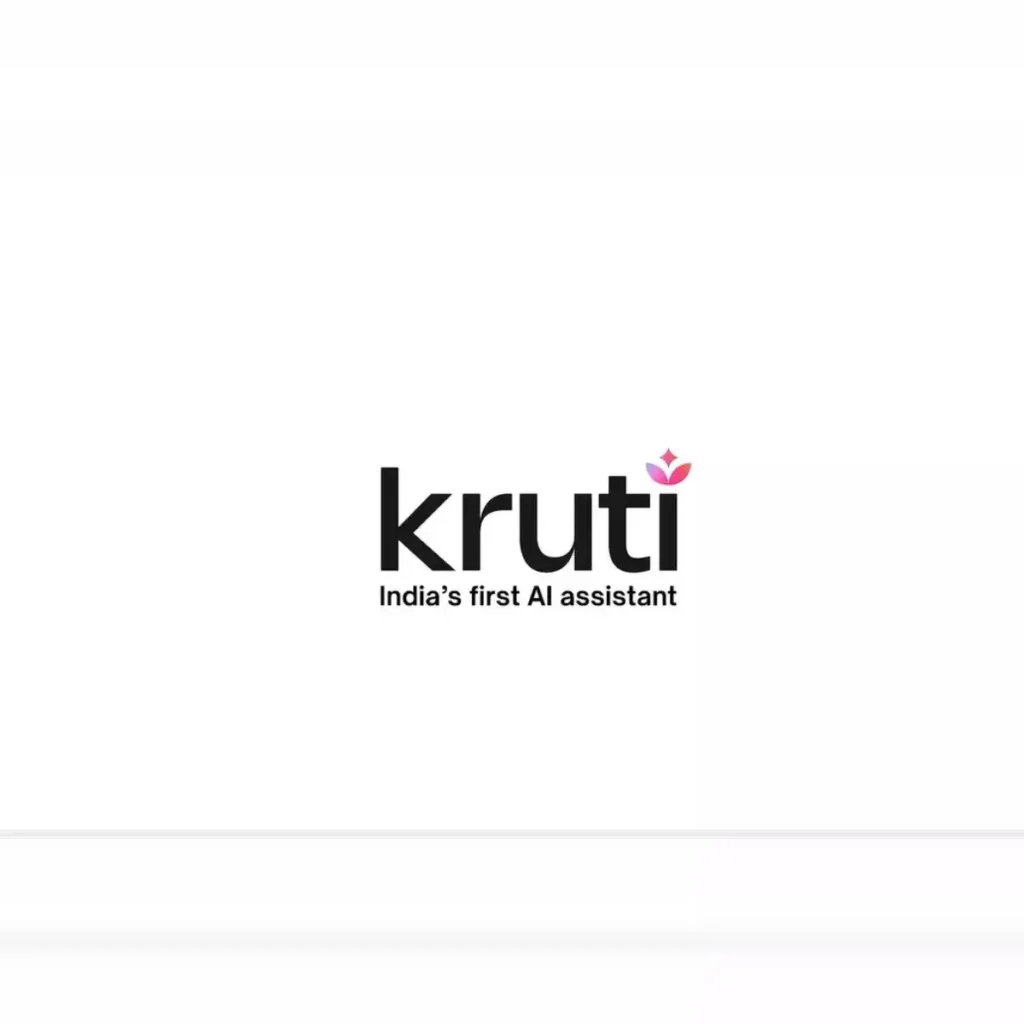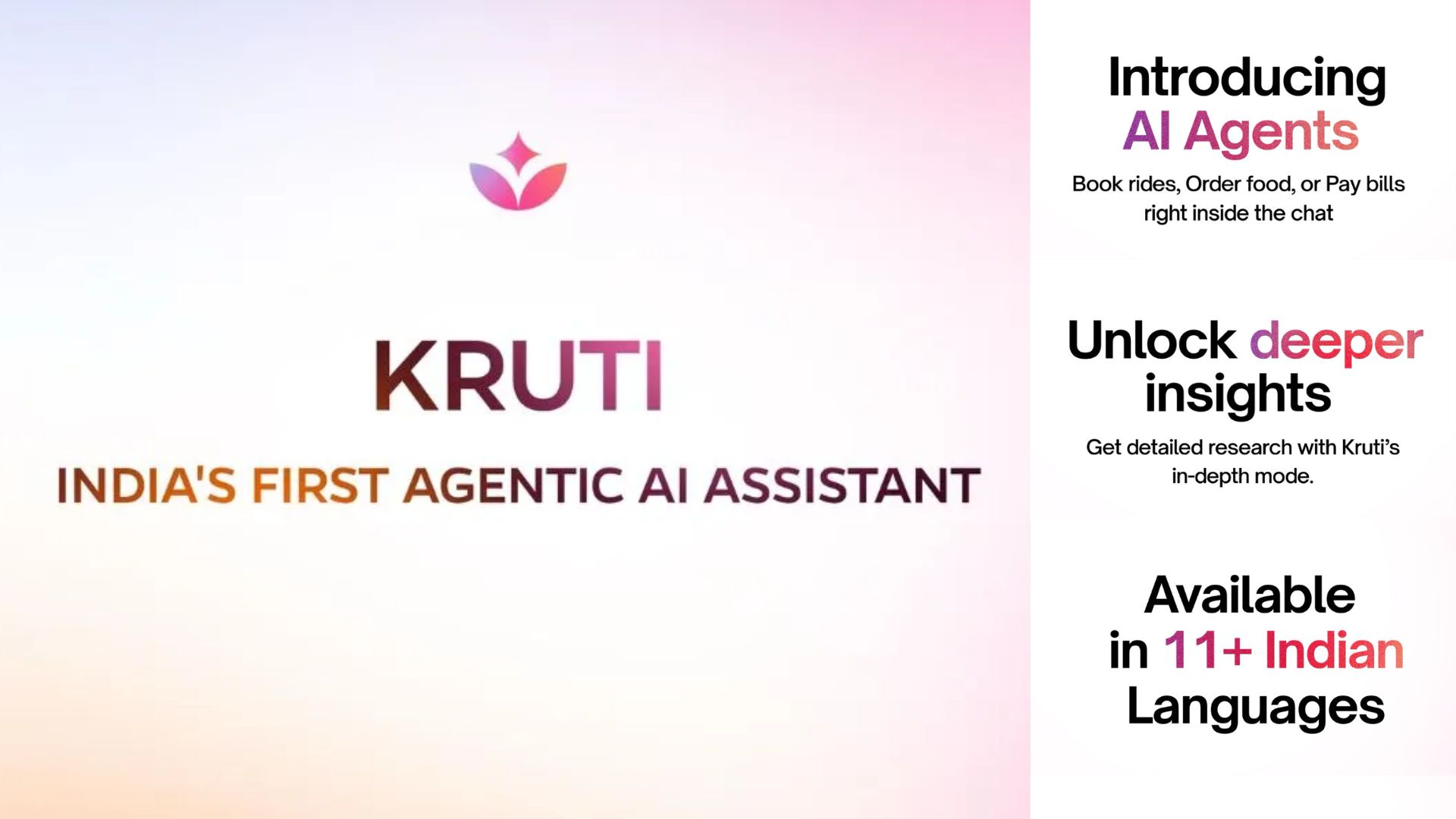
Kruti AI: India’s Step Into the Future of Agentic Intelligence
Artificial Intelligence is no longer just a buzzword—it’s shaping the way we live, work, and do business. From automating tasks to powering smart recommendations, AI is at the center of digital transformation worldwide. Now, India has taken a bold step forward with the launch of Kruti AI – the country’s first agentic AI assistant.
Unlike traditional chatbots or virtual assistants, Kruti is built on the concept of agentic intelligence, which means it can not only process information but also plan, execute, and automate tasks independently. This makes it a game-changer for individuals, startups, and large organizations.
What is Agentic Intelligence?
Agentic intelligence is the next stage of AI evolution. Instead of waiting for instructions, agentic AI systems can:
- Understand goals provided by the user.
- Plan actionable steps to achieve those goals.
- Execute tasks across multiple platforms or tools.
Think of it as an AI that doesn’t just give advice—it actually does the work for you. Kruti brings this futuristic capability into the hands of Indian users.
Key Features of Kruti AI
Kruti is designed to go beyond simple conversations. Some of its standout features include:
✅ Task Automation – From drafting emails to scheduling meetings, Kruti can automate repetitive tasks.
✅ Business Support – Small businesses can generate marketing strategies, track performance, and create content seamlessly.
✅ Student-Friendly Tools – Summarizing research papers, creating study notes, and assisting in assignments.
✅ 24/7 Availability – Always ready to assist, without delays or extra costs.
✅ Local Adaptation – Built with an understanding of Indian businesses and user behavior.
Why India Needs Kruti AI
India has one of the world’s fastest-growing digital economies. Millions of professionals, entrepreneurs, and students are looking for affordable AI solutions to boost productivity. Kruti meets this demand by being:
- Cost-effective compared to global AI platforms.
- Accessible to users from diverse backgrounds.
- Scalable for both personal and enterprise-level needs.
By providing world-class features at local-friendly pricing, Kruti ensures that AI is not just for big corporations but also for students, freelancers, and small business owners.
How Kruti Can Help Different Users
- For Students: Generate study notes, research summaries, project reports, and even practice questions.
- For Businesses: Automate customer support, draft proposals, create ad campaigns, and analyze performance.
- For Professionals: Manage emails, prepare presentations, and stay ahead in daily tasks.
The Future with Kruti AI
Kruti is not just another AI assistant—it is India’s answer to the global AI race. As agentic intelligence becomes mainstream, Kruti positions India as a leader in adopting and innovating with next-gen AI.
By blending automation, intelligence, and local relevance, Kruti is paving the way for a future where AI works alongside humans as a true partner.



